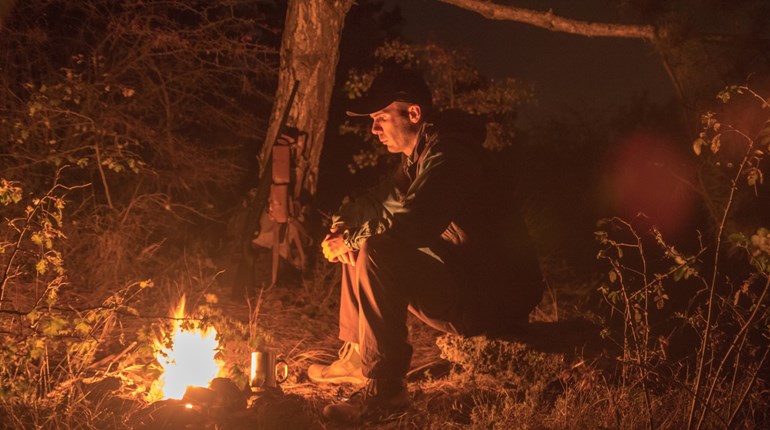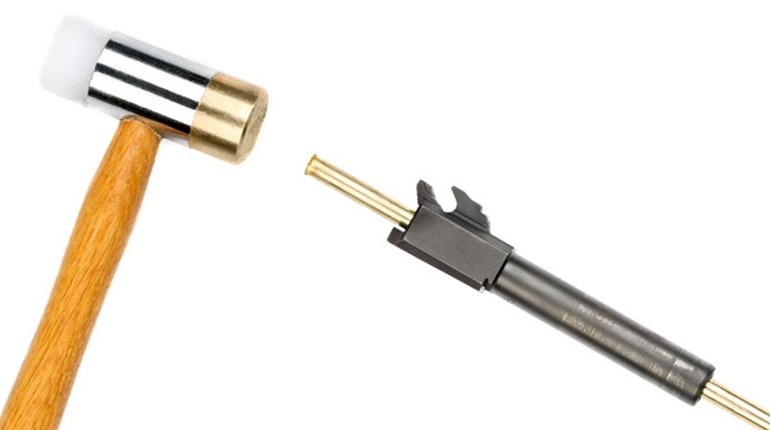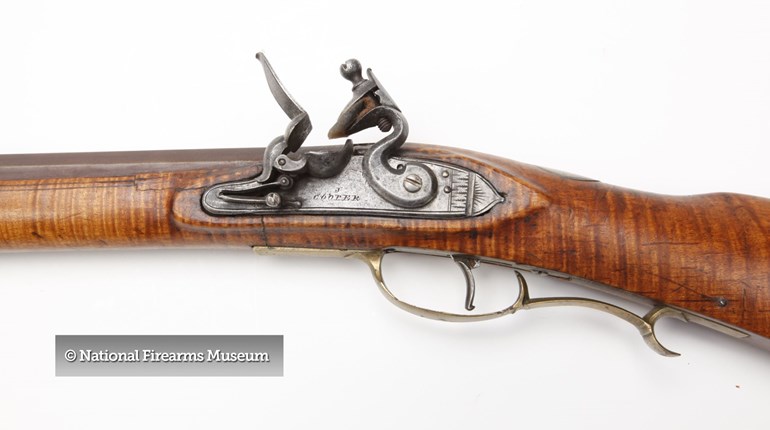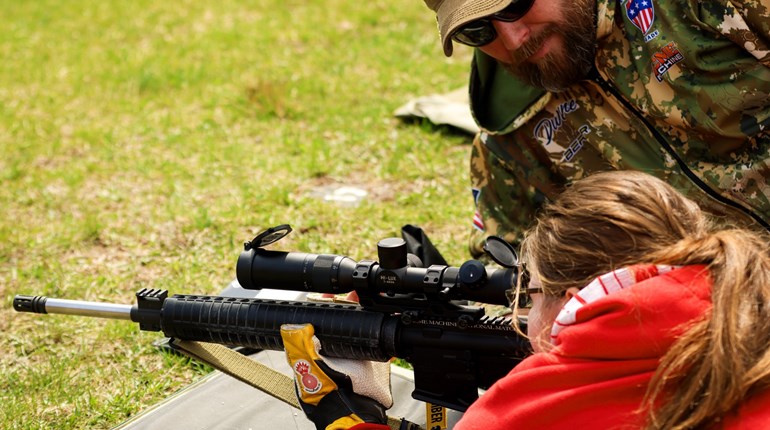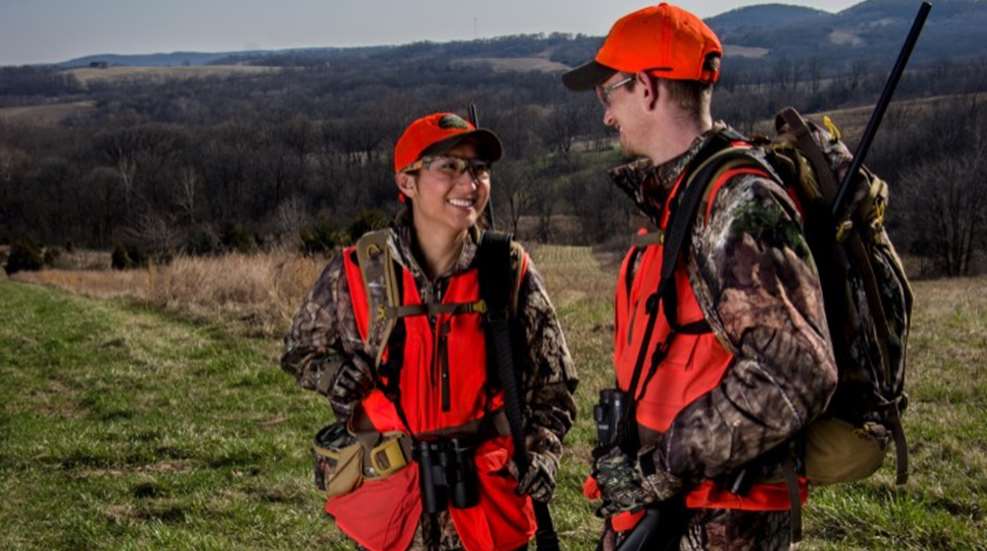
Starting Out
Unfortunately, there are many youngsters who have the desire to try hunting but don’t have anyone in their immediate family who’s prepared to introduce them to it. One great way for youngsters to gain insight into safe gun handling and harvesting game meat is through sportsmen’s clubs or youth clubs such as the Boy Scouts or 4-H. That said, if you know a young person who’s interested in trying hunting and whose parents are willing to let you mentor them, it's a terrific opportunity. Here’s how to get started.
The Firearm
Ideally, starting out with an air rifle or a rimfire as the .22 LR is a good way to learn about safety and techniques. Semi-automatics are great, but I find that single-shot or bolt-action guns are simpler for teaching the fundamentals. What’s more, single-shot guns chambered in big-game-appropriate calibers may be all they wind up wanting to use. Over the last 50 years I have hunted most of North America with single-shot Thompson/Center Arms rifles, slug guns and where legal, handguns.
Optics: Bigger Isn’t Always Better
For much of our hunting, too much magnification can become detrimental to getting on target rapidly. This is why I recommend that the beginner stick with a 2X 6 or 7 power scope. Then keep it set on the lower power! If the range is extended and additional magnification is needed and a solid rest is handy, then crank it up.
Outerwear
A jacket/parka and pants in blaze orange are often required by local ordinances, and as safety measures, they’re the way to go. Also, clothing that is wind and waterproof with a few pockets is best. While you’re walking or working, just unzip the jacket to avoid trapping excessive heat that will make you perspire—because that will get that first layer of clothing wet from within. That’s how hypothermia starts!
Dressing in Layers
What is up against your flesh is one of the most important layers. What is comfortable to you is best, but remember: Your base layer must not be cotton. High-tech breathable fabrics, silk or wool are much better choices. For a second layer in a top and pants, select a fabric that will help to block your scent while also keeping you warm and comfortable.
Socks and Boots
The boot selected has a lot to do with temperatures and conditions you will be hunting. Generally, what we use is a high rubber boot with good traction and waterproof upper. This way when we get into some wet areas or slush from melting snow, we stay warm and dry.
Headgear
The key here is to not forget those ears. Whether that’s a hood, hat with earflaps or a beanie, protect your protégé from frostbite and chill. I like to take an orange pull over cap that will permit me to use electronic ear muffs. These help to keep my ears warm while allowing me to hear much better—is that a deer or human walking my way? If I take the shot, my hearing is protected.
Gloves
In this category, those that keep the fingers together with a slit in the center allowing my four fingers to grab on to the firearm “bear handed” works best for me. Try both gloves and mittens, then select what is most practical for you. Again, it all depends on what type of weather you will be hunting!
A Good Backpack
Here again, hunter orange is preferred. This is best for carrying supplies as a bottle of water, walkie-talkie, phone, rubber gloves, a few candy bars or a sandwich (remember, when it’s cold out, eating stimulates your metabolism which helps to keep your temperature up a little), extra ammo, etc. Just keep it basic and carry only what you will use.
Where You Sit Does Matter
Here is where scouting is critical! Anything you can do to get your new hunter into a spot where they’re likely to at least see some animals (even if they don’t shoot) is recommended. Try to pick a comfy spot if possible. Sitting in the woods without is key. Here is where a portable hot seat also comes in handy.
Getting Him Out, Drag or Wheels
I also carry a rope with a small handle I added which helps to get a good grip when dragging out my deer. If I’m hunting with a partner (which is always a good idea), and we’re not that far from our vehicle, one of us stays with the tagged animal while the other goes to get a wheeled deer drag. Obviously this is a lot easier to use due to less resistance over irregular terrain.
Good luck, know your gear before heading out, and thanks for taking a hunter-in-training with you!
Image courtesy National Shooting Sports Foundation














